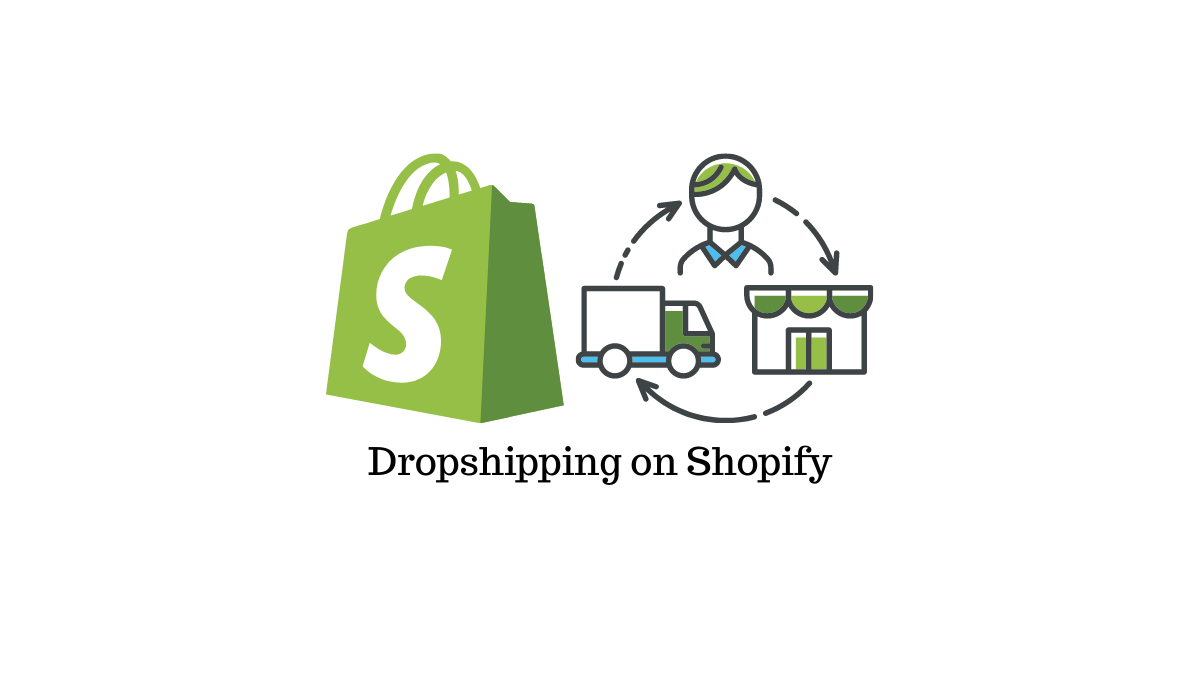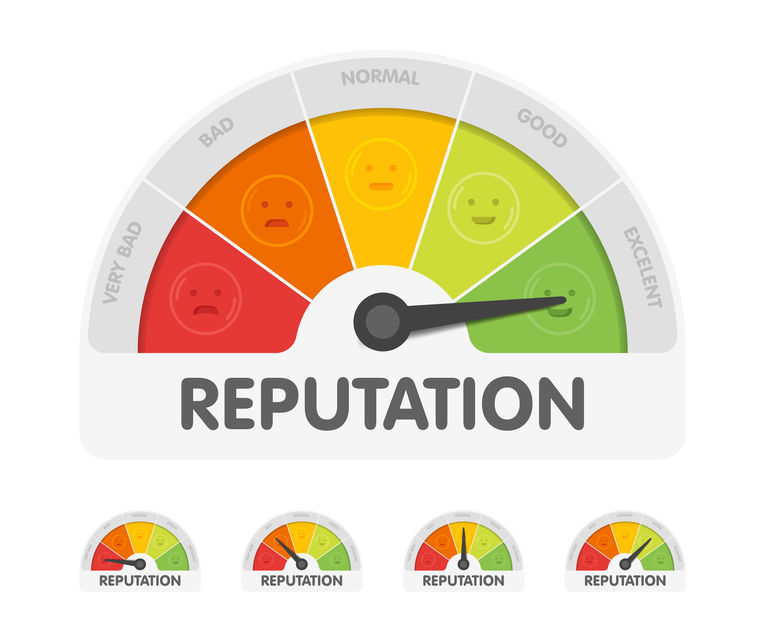Drop shipping has become an popular business model in recent years. With dropshipping, you don’t keep products in stock. Instead, when a customer places an order, you buy the item from a third party and have it shipped directly to the customer. This cuts out many of the traditional costs associated with running an e-commerce store.
In this comprehensive guide, we’ll cover everything you need to know about Shopify drop shipping including:
– What is Shopify drop shipping and how does it work?
– Pros and cons of Shopify dropshipping
– Finding profitable drop shipping products and niches
By the end of this guide, you’ll understand what it takes to start a successful Shopify drop shipping business. Let’s get started!
What is Shopify Dropshipping?
Shopify is one of the most popular online store builder platforms, used by over 1 million businesses. Shopify makes it easy for anyone to set up an ecommerce store and sell their products without needing to deal with website design or server management.
Drop shipping simply refers to a retail fulfillment method where the seller does not actually keep goods in stock. Instead, the seller purchases an order from a third party and then has that third party ship the order directly to the customer. This fulfillment model has been enabled largely through online retail channels.
Hire Shopify developers to combine Shopify and dropshipping, Shopify handles the storefront, payment processing, and support aspects of the business while drop shipping handles product sourcing, inventory, shipping, and fulfillment.
In a Shopify drop shipping model, the store owner creates product listings in their Shopify store for products that they do not actually own or possess. When a customer places an order, the store owner purchases the product from their supplier and has it shipped to the customer’s address.
The actual supplier might be a wholesaler, manufacturer, or another retailer. Popular options for dropship suppliers include AliExpress, Oberlo, Spocket, SaleHoo, and US Dropshipping. We’ll dive more into supplier types shortly.
So in summary, Shopify drop shipping allows entrepreneurs to start an ecommerce business selling products they don’t own or physically posses. The business owner is responsible for building and marketing an online store while suppliers handle inventory, shipping, and fulfillment.
How Does the Shopify Drop shipping Business Model Work?
The basic steps to fulfill an order in the Shopify drop shipping model are:
- Create product listings in your Shopify store for goods offered by your suppliers
- Market your store to generate traffic and sales
- Customer places an order and payment is processed by Shopify
- Store owner buys the product from the supplier
- Supplier packages order and ships directly to the customer
- Customer receives order and you pocket the profit margin
So as the store owner, your core responsibility is finding trending and profitable products to list in your store and driving visitors to purchase those products. The suppliers handle procuring the products, maintaining inventory, packing orders, shipping out packages, and managing returns.
It’s a fulfillment model that allows online retailers to scale efficiently because they don’t have to purchase and hold inventory before making sales. The next section explores some of the major advantages of Shopify dropshipping.
Pros of Shopify Dropshipping
There are many good reasons Shopify drop shipping has exploded in popularity. Some key benefits include:
Lower Initial Capital Requirements
With traditional ecommerce, substantial upfront investment is required to purchase enough inventory to be able to efficiently fulfill orders. With dropshipping, you only pay your supplier for orders after customers have paid you. This greatly reduces the capital required to start selling.
Lower Risk
Because you don’t own inventory, a drop shipping retailer is far less exposed to being left with unsold stock if particular products underperform. With less money tied up in inventory, there’s less financial risk overall.
Easy Scaling
Drop shipping through Shopify means not worrying about storing, managing, or shipping your products. That allows you to quickly scale up or down your product listings without operational constraints. Adding or removing products is easy since you don’t physically have to receive, organize, store, or ship any additional units.
Global Reach
With just an online Shopify store, dropshippers have instant access to a global marketplace and can advertise products worldwide. You also can take advantage of supplier inventory from many different countries.
Flexibility
Online retail with Shopify allows maximum flexibility to work when and where you want. Because Shopify and suppliers take care of many of the manual elements of running an ecommerce store, most admin work can be handled with just a laptop and internet connection.
Convenience
Shopify handles the checkout processes, payment collection, and support elements of running an online store. They along with your suppliers manage the operational components like inventory tracking and order fulfillment. That allows you to focus exclusively on finding hot products and marketing them.
High Margins
By sourcing directly from manufacturers and wholesalers as opposed to traditional retail channels, drop shipping retailers can list products at very attractive margins even after the supplier and platform fees. We’ll break down the financials more shortly.
Low Competition
With drop shipping, retailers aren’t limited by geographic location or access to supplier networks. This increases the number of products you can competitively sell and reduces competition, making it easier to succeed.
Cons of Shopify drop shipping
While drop shipping provides some great advantages, there are also downsides to consider:
Low Barriers to Entry
The simplicity and low upfront costs of the Shopify drop shipping model have encouraged many people to get into the market. That increased competition makes it more challenging to differentiate your store and acquire customers. Marketing costs are rising in many niches.
Limited Quality Control
You likely won’t see the actual products before customers receive them. Instead, you’ll have to rely on supplier photos, descriptions, and reviews. While platforms like AliExpress have buyer protection programs, low quality products can still damage your store’s reputation.
Longer Shipping Times
Since your suppliers will likely be overseas, delivery times are usually 2-4 weeks. Some customers will be unwilling to wait that long. However, research shows free shipping offsets concerns about longer delivery.
Customer Service Challenges
As the retailer, customers will come to you regarding any issues with orders – even if the root cause lies with the supplier. That means more back and forth communication whenever problems arise. Proactive communication is essential.
Lower Brand Control
With Shopify drop shipping, you won’t have direct control over product packaging, inserts, or branding since suppliers will be handling fulfillment. However, some suppliers do offer custom packaging and inserts for an added fee.
How to Find Profitable Drop shipping Products
The first step to starting a profitable Shopify drop shipping business is finding trending products to sell at attractive margins.
When evaluating potential drop shipping products, consider these key criteria:
- High demand and low competition
- Good profit margin (30%+) after platform fees and supplier costs
- Lightweight products (lower shipping costs)
- Offered by multiple suppliers (redundancy)
- Positive supplier reviews and order histories
- Appeal to impulse purchases and gifting occasions
It’s wise to start selling proven bestsellers in a niche before investing time creating product listings for untested items.
Best practices for finding profitable drop shipping products include:
- Analyze competitor stores and winning Shopify themes for top selling items. Reverse engineer what’s working for others already successfully drop shipping.
- Leverage ecommerce analytics tools like Google Trends, SEMrush, and Enrank to identify rising searches and low competition keywords. Consider seasonality too.
- Check demand on Amazon and eBay to confirm large marketplaces are selling lots of a particular product. Ensure demand exists outside niche store environments.
- Evaluate your chosen supplier(s) for a product carefully using metrics like order counts, ratings, shipping times, support responsiveness, and dispute rates.
- Consider running inexpensive but data-rich pre-validation campaigns through avenues like Facebook ads and influencer posts targeting laser focused audiences.
- Research winning and high-margin products already selling well in complementary niche stores you operate using built-in Shopify reports.
Shopify Drop shipping Niche Examples
Some of the most popular current Shopify drop shipping niches include:
- Fitness & Wellness Products
- Tech & Gadgets
- DIY & Craft Supplies
- Vintage & Retro Items
- Pet Supplies
- Home Décor
- Subscription Boxes
- Specialty & Gourmet Foods
Essentially any lightweight goods that can be shipped inexpensively and have lots of product selection work well for drop shipping. Items that leverage emotional purchase motivators like gifts tend to convert better than commoditized products.
Conclusion
In conclusion, Shopify drop shipping, coupled with the strategic utilization of IT staff augmentation services, presents a potent combination for success in e-commerce. As your business expands, remember that adaptability and a commitment to provide the seamless customer experience is the key to sustain in the world of Shopify drop shipping.







